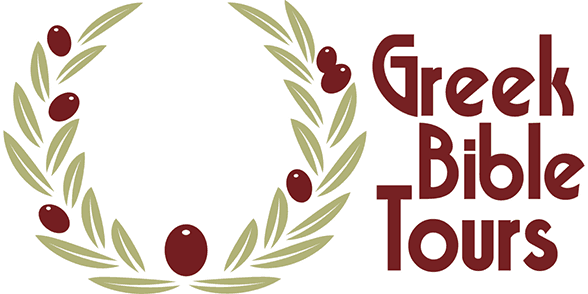Itinerary
“Footsteps of Paul” Greece Tour
Nine days you will never forget, following the path of the Apostle Paul on his second and third missionary journeys. Filled with stunning scenery and adventurous explorations, you’ll stand in the very places where the New Testament church began.
DAY 1: Departure from USA
DAY 2: Arrival
Schedule your flight to arrive at Thessaloniki International Airport (SKG). This small airport is hassle-free and makes for a pleasant start to your trip. Transfer to the hotel and refresh from your flight.
DAY 3: Philippi & Kavala
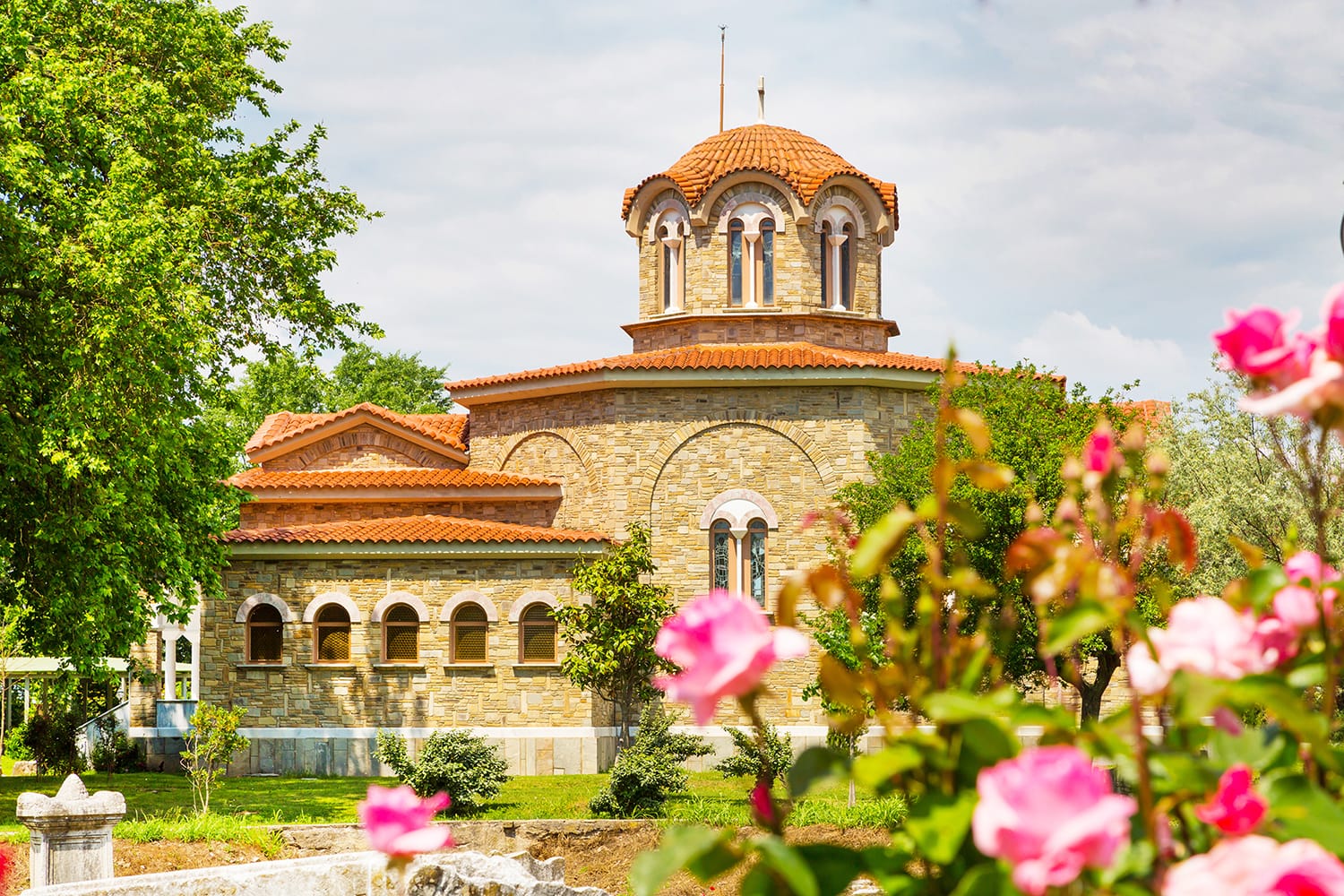
Paul began his missionary work in Europe in the city of Philippi by preaching to Lydia and the other god-fearing women who gathered at the river there (Acts 16). Visit the Baptistery of St. Lydia on the Krinides River and the ancient Roman Agora (Forum) - built during the time of Augustus and mentioned in the Book of Acts as the place where Paul was publicly punished after he healed the demon possessed girl. Also, sit on the ancient seats of the Greek Theatre (4th century BC), converted into an arena by the Romans and used during persecutions of the early Christians.
Nearby is Neapolis (present day Kavala), Greece's most picturesque mainland port where Paul arrived in this city with his coworkers Timothy and Silas (Acts 16). On the way back to Thessaloniki, you will pass through the ancient cities of Amphipolis and Apollonia as Paul did (Acts 17).
DAY 4: Thessaloniki & Berea

Paul left Philippi to visit Thessaloniki. The Apostle also wrote two letters to the Thessalonians in the 12-14 months immediately following his time there. The Thessaloniki Archaeological Museum is a treasure trove of artifacts which explain the Scriptures. From unfading crowns (2 Timothy 4) to alabaster vials (Matthew 26) to elegant mosaics from Roman homes, biblical references will come to life.
You will also see the White Tower, the statue of Alexander the Great and the remains of the Palace complex of Galerius (Late 3rd century AD). The Arch of Galerius and Rotonda as well as the majestic City Walls and the Great Gate, which connected the city to the Via Egnatia - the trans-continental east-west road of the Roman Empire built in the 2nd century BC and used by Paul on his journeys (Acts 16).
Paul visited Berea (modern Veria) and preached in the synagogue there as well as to Greek nobility who accepted the new faith (Acts 17). In this city there is a monument dedicated to Apostle Paul. You will visit the quaint Jewish quarter where a synagogue is still situated today in the ancient site of Paul’s visit.
DAY 5: Vergina or Meteora

Continue to the most significant archaeological find of the 20th century at the Royal Tombs of Vergina, the capitol of the Macedonian Kingdom (5th to 2nd centuries BC). Located there is the tomb of Philip II, father of Alexander the Great whose political and cultural influence was instrumental in preparing the world for the spread of the gospel. Here you will also explore how the Greek view of the afterlife influenced the presentation of these doctrines within the New Testament.
OR
Climb the majestic monasteries of Meteora where monks used ropes and pulleys to ascend in ancient times. Today, you can visit these working monasteries via long staircases. Our guides will help you understand the Greek Orthodox religious tradition and how it relates to Evangelical beliefs (2 Peter 1).
DAY 6: Delphi
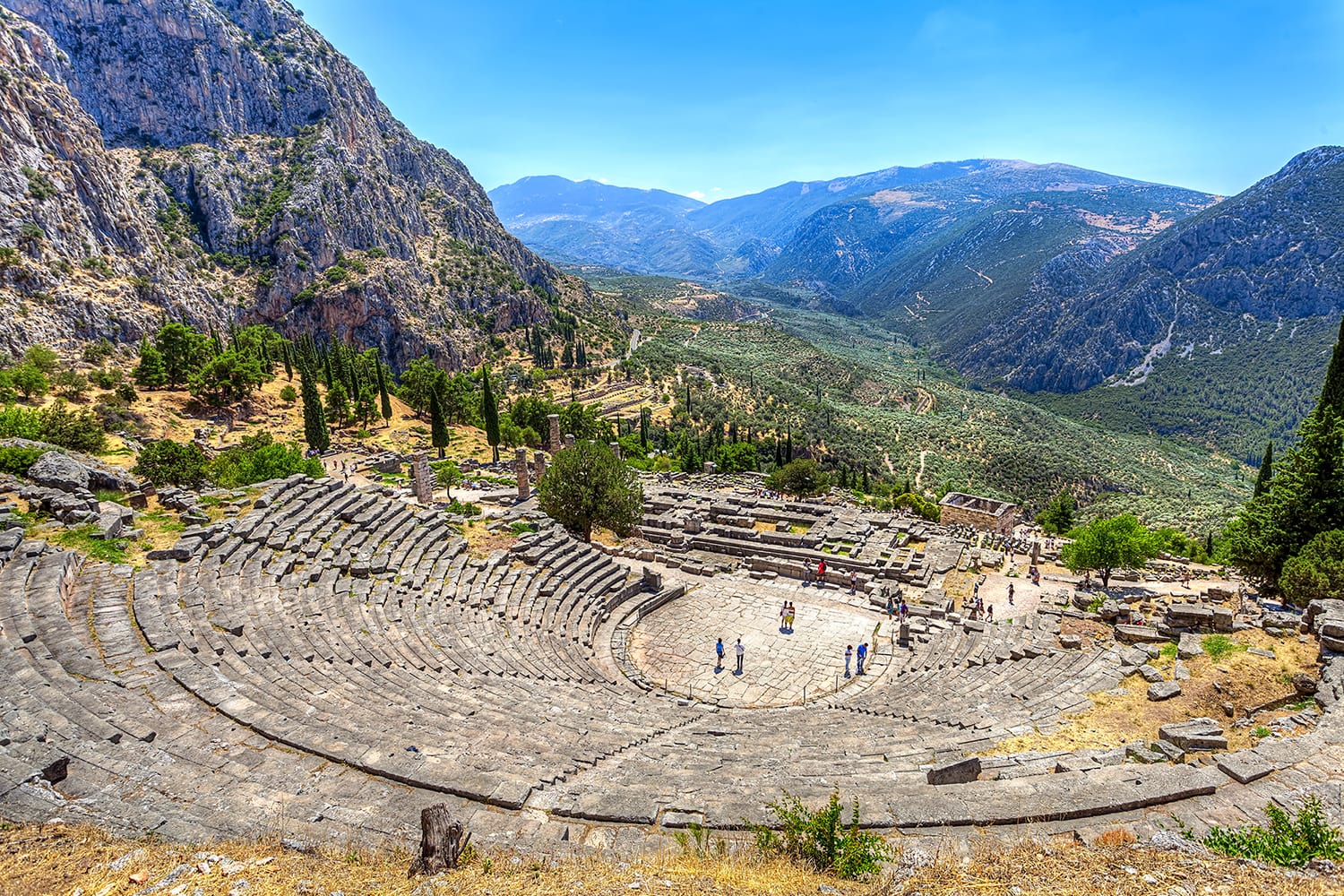
This famed city is the location of the Gallio Inscription, 9 fragments which enable scholars to date the events in the book of Acts. Delphi was also the home of the Pythian oracle, a prophetic phenomenon which deeply influenced the practices in the nearby Corinthian church (1 Corinthians 13-14). Climb to the top of the city’s ancient footprint and you’ll find one of the best preserved stadiums of ancient Greece, illustrating the imagery used in Hebrews 12.
DAY 7: Corinth
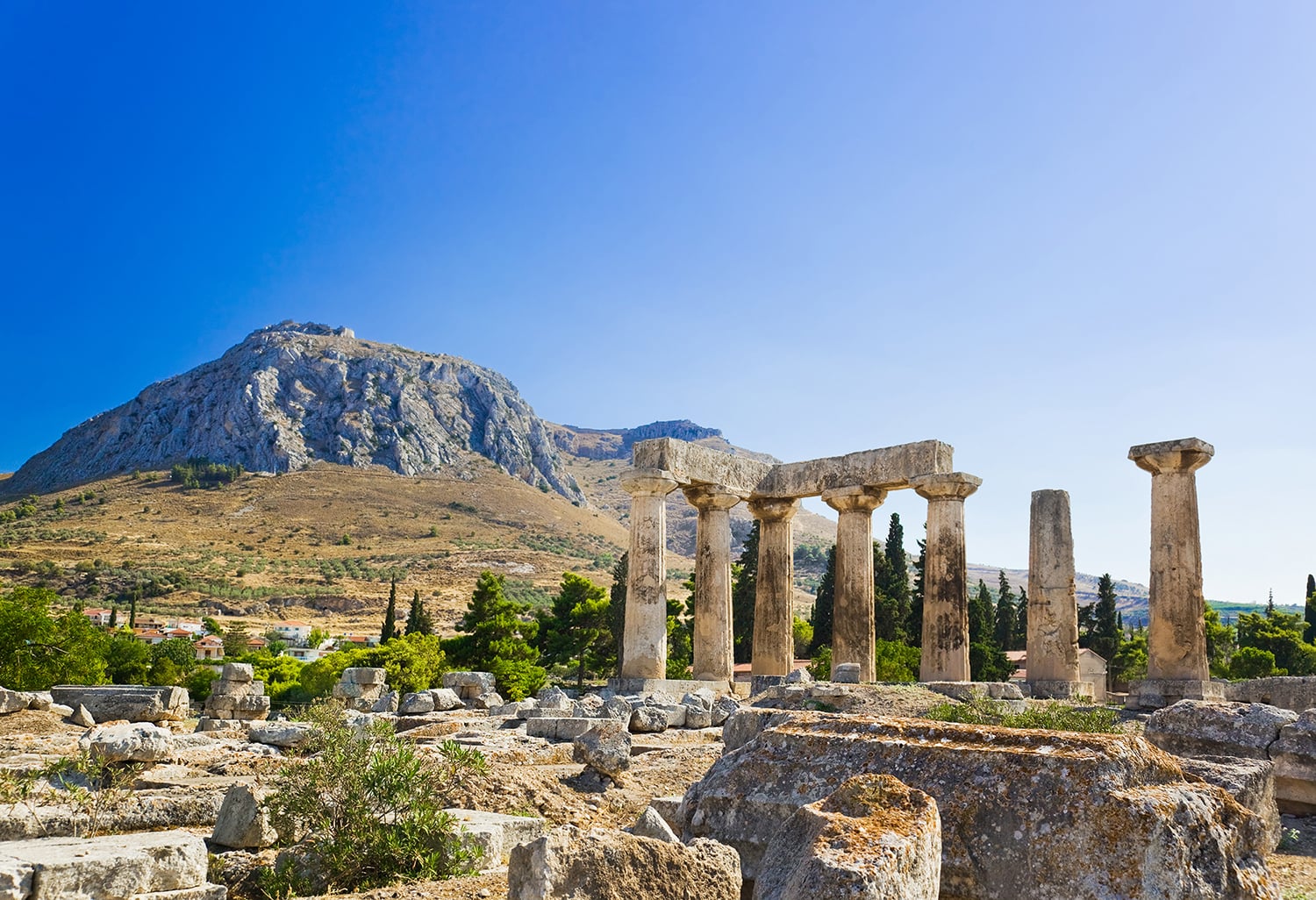
Paul took up tentmaking in this city with fellow workers Aquila and Priscilla, likely preparing temporary housing for visitors to the Isthmian games. Paul’s interaction with the Corinthian believers was extensive, including four letters (two of which are in the New Testament) and three visits. Stand at the bema seat where Paul went on trial before Gallio (Acts 18). See the Temple of Apollo where meat sacrificed to idols was sold (1 Corinthians 8). Climb the Acrocorinth where the ancient temple of Aphrodite was located (1 Corinthians 6). Conclude the day with a visit to Cenchrea, an underwater archaeological site of the port city from which Phoebe sailed with the letter to the Romans in hand (Romans 16).
DAY 8: Athens
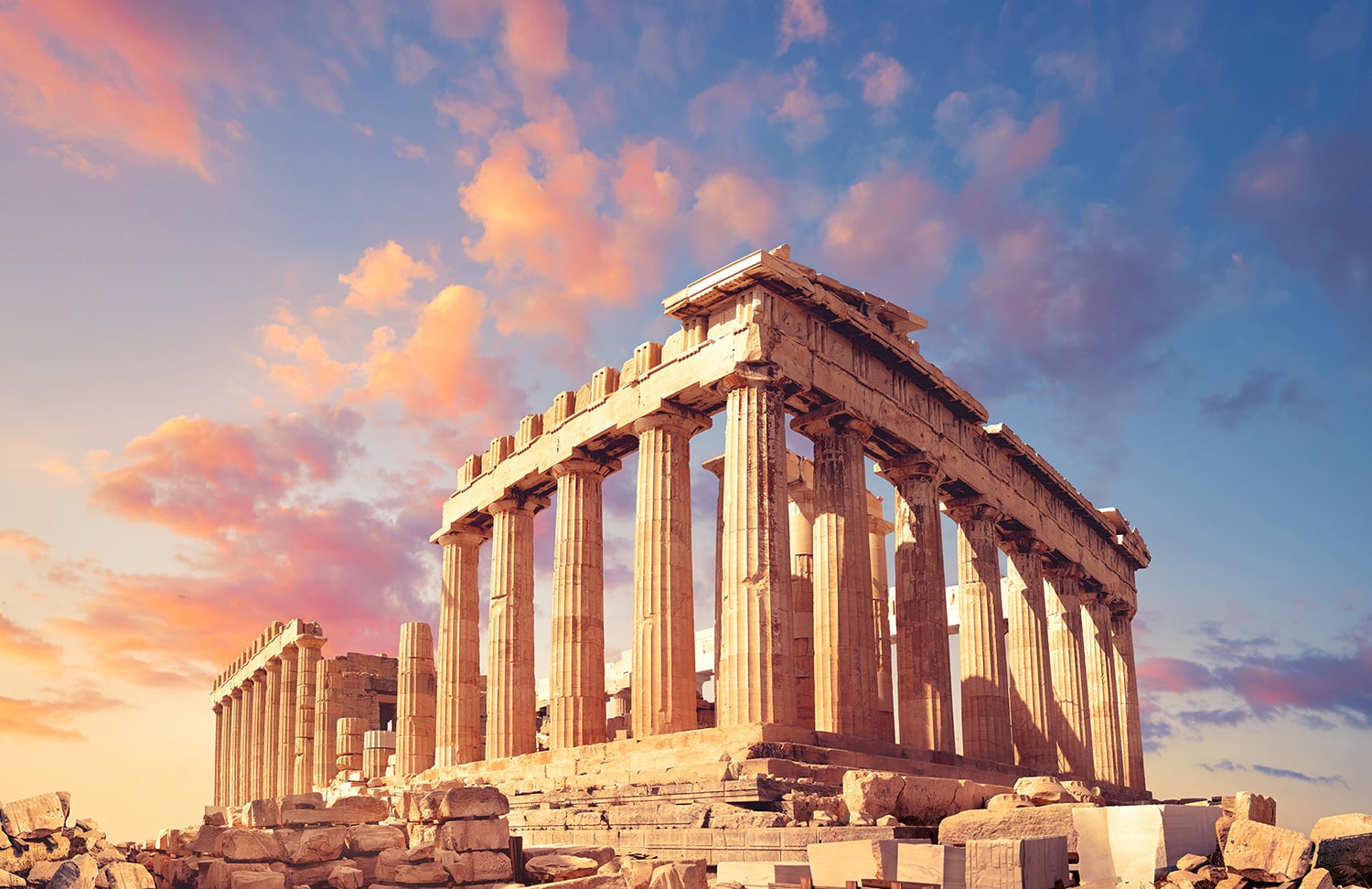
Conclude this marvelous journey with a trip to the Acropolis, seeing the Parthenon as well as Mars Hill (Acts 17) where Paul spoke to the Epicurean and Stoic philosophers. Walk the same paths that Socrates, Plato and Aristotle did centuries earlier. View the world’s oldest dramatic venue, the Theatre of Dionysus, and learn about the way scripture uses imagery from ancient dramas. Stop by the Panhellenic Stadium where the modern Olympic Games began. Take in the natural beauty of the National Gardens and Greek Parliament building, leaving time for souvenir shopping at the Plaka.
DAY 9: Return
Schedule your flight to return to the USA from Athens International Airport (ATH).
ADD-ON OPTIONS
DAY CRUISE (+1 DAY)

Experience what Paul saw as he sailed the Mediterranean (Acts 27). Visit three Greek islands…
- Hydra - an unspoiled jewel of traditional Mediterranean culture, offering its visitors a unique glimpse of the living past.
- Poros - a lush, tranquil island separated from the Peloponnese by a narrow strait. Often referred to as the “Venice of the Saronic Gulf” the two towns of Poros and Galatas are connected only by boat, giving them a special charm and feeling of living on water.
- Aegina - located in the center of the Argo-Saronic Gulf, this island is a favorite weekend destinations for Athenians. Visitors usually return home with a bag of tasty pistachios after enjoying the scenic view of pine forests and olive groves.
PELLOPONESE (+3 DAYS)
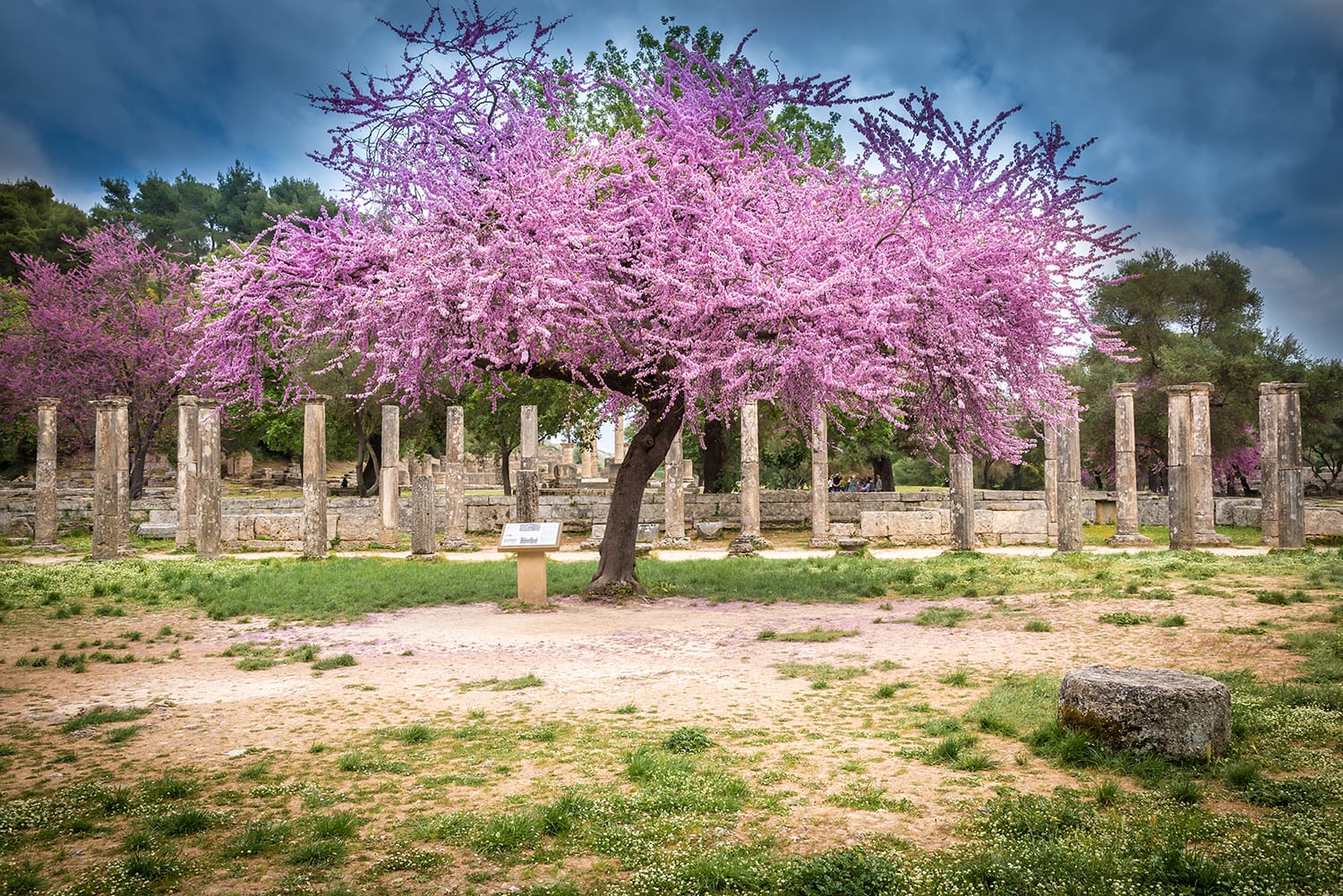
EPIDAURUS
The acoustic fame of the Theatre of Epidaurus resounds around the world. Stand on the last row and hear someone speaking at center stage without amplification. Also of biblical significance is the extensive display of artifacts from the Temple of Asclepius, from which the Apostle Paul made his analogy to the church (1 Corinthians 12).
MESSINI
A stunning visual experience, the archaeological site of Messini reconstructs both public and private structures discovered in recent digs. While we have no record of Paul visiting this city, your visit can give you an idea of what a typical first century Roman city would have looked like.
OLYMPIA
The birthplace of the Olympic Games, this site shows you how the New Testament uses athletic imagery (1 Corinthians 9, Hebrews 12) to communicate truth. Also take in one the Temple of Zeus (Acts 14), one of the ancient wonders of the world.
METEORA & VERGINA (+1 DAY)

The standard itinerary includes an option of either Meteora or Vergina, however you may elect to expand your itinerary to include a visit to both historic locations.
